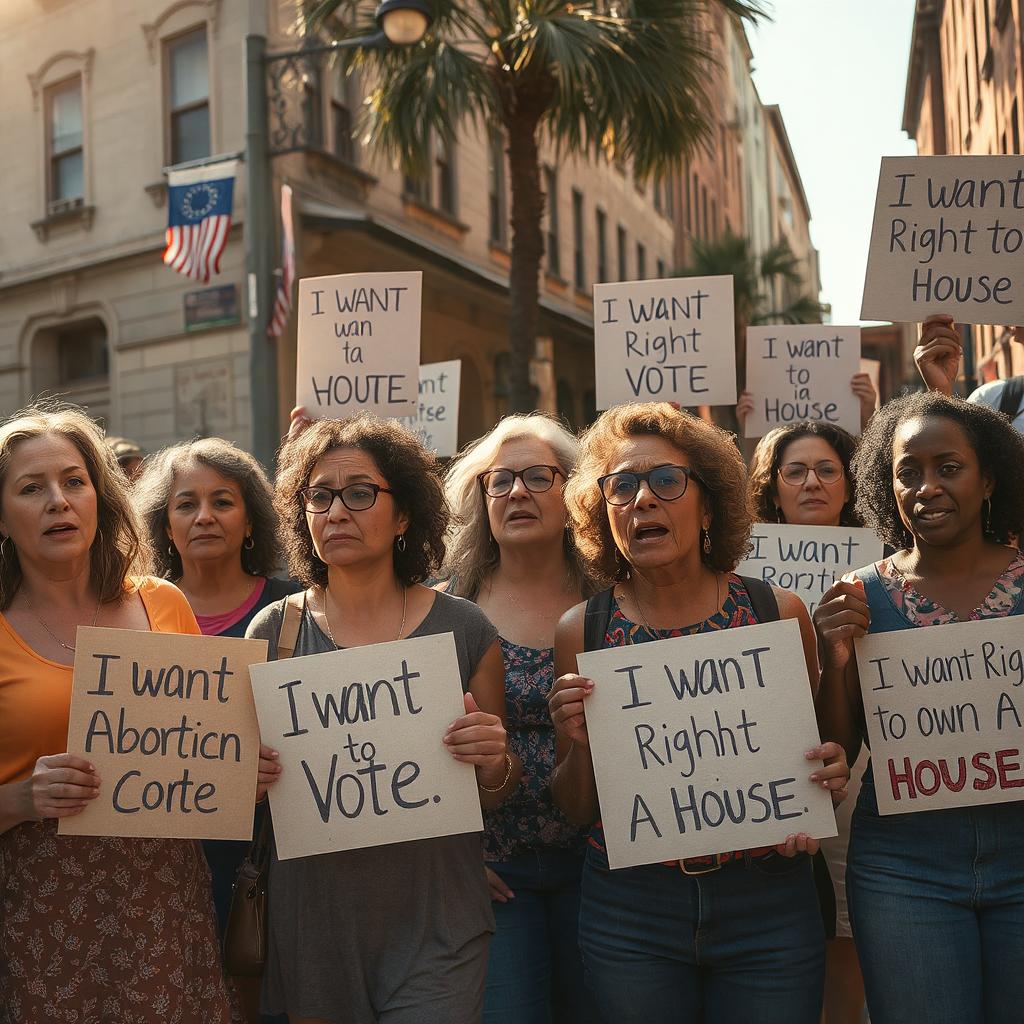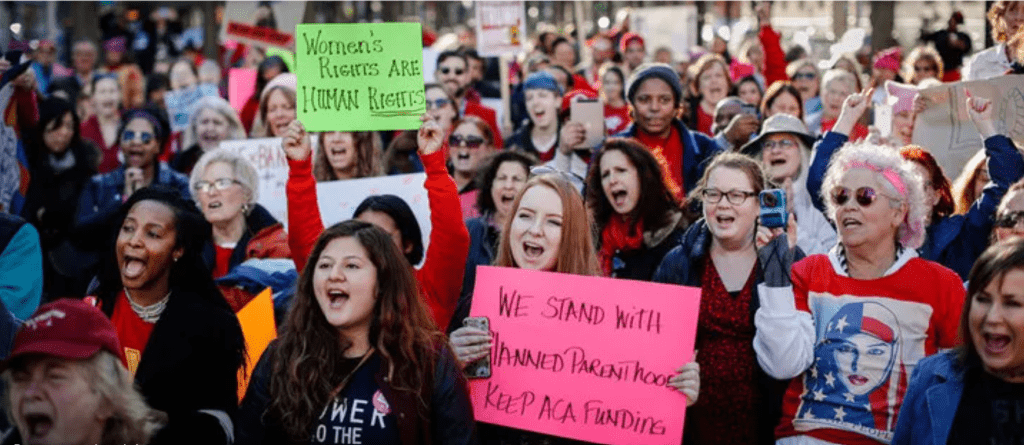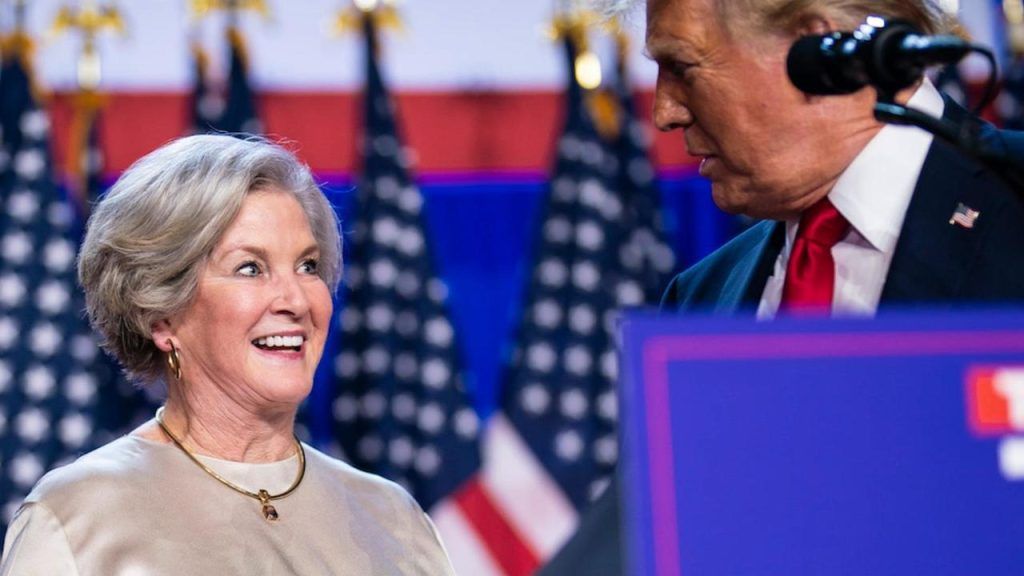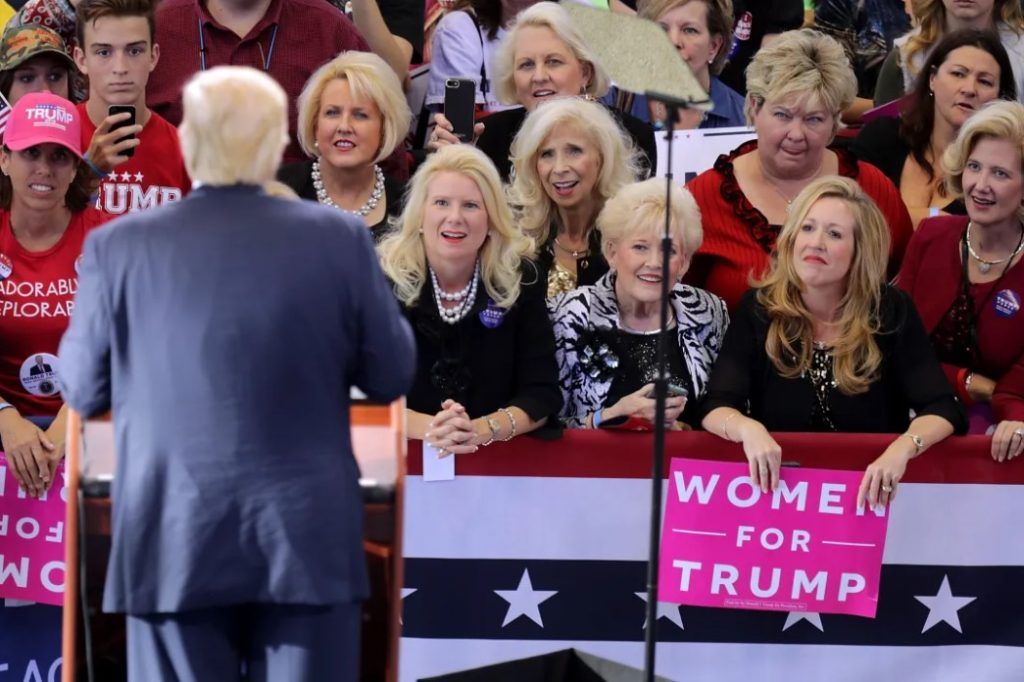
With every major political victory comes a swirl of debates, assumptions, and sometimes, misconceptions.
When Donald Trump was elected as President of the United States, one of the arguments that quickly emerged was that his administration would strip away fundamental rights of women in America.
However, despite this notion, many of these arguments can be shown to be unfounded. In reality, the core rights of American women remain firmly intact, and Trump’s presidency even made progress in certain areas.
Here’s a closer look at why the claim that Trump’s victory “took away” women’s rights is a misconception.
Women’s Fundamental Rights Remain Protected

Jose Luis Magana / AP
Despite political rhetoric, American women retain all essential rights under the law. Fundamental protections around the right to vote, equal employment opportunity, access to education, and workplace protections remain strong.
Legislative safeguards like the
Civil Rights Act, the
Fair Labor Standards Act, and
Title IX in education have not only stayed intact but have seen bipartisan support. What this means is that the fundamental rights of women to fair treatment in various sectors are deeply rooted in American law, unaffected by any single administration.
Abortion: A State-Controlled Issue, Not a Federal Rollback
A key point raised when discussing “lost” women’s rights under Trump is abortion. However, it’s critical to understand that abortion rights are largely determined at the state level, not directly by presidential policy.
The Supreme Court ruling in
Roe v. Wade set a national precedent, but each state has its authority to regulate abortion within that framework. When certain states tightened abortion regulations during Trump’s presidency, these were state-led decisions rather than federal mandates.
Using abortion restrictions as a blanket claim that all women’s rights are under attack is misleading. Abortion regulations have always fluctuated depending on state legislation, reflecting the local democratic processes and views of those states.
While the debate around abortion is important, it cannot be used as a single measure of women’s rights being taken away on a federal level.
Progress for Women in Leadership: The First Female Chief of Staff

In a groundbreaking move, Donald Trump appointed Susie Wiles as the White House Chief of Staff.
The 67-year-old will become the first woman to serve in the post for any U.S. president when she assumes the role as the president’s closest adviser in January.
This decision was a significant step forward in shattering the glass ceiling in one of America’s most influential roles.
Far from being misogynistic or patriarchal, this appointment showcases Trump’s willingness to trust a woman with one of the highest responsibilities within his administration.
It counters the idea that his leadership inherently suppresses women’s potential, demonstrating that he was open to female leadership and breaking traditional boundaries.
Debunking the Myths

Photo by Chip Somodevilla/Getty Images
Despite popular misconceptions, the Trump administration made efforts to address policies benefiting American women.
His administration made moves to address gender pay equity and promote maternity leave, areas of importance to working women. Although these policies didn’t always make headlines, they contributed to the overall picture of a leadership that supported women’s opportunity and development.
Much of the belief that Trump took away women’s rights is based on political narratives rather than legislative reality.
American women retain their legal rights, from voting to workplace protections to educational opportunities. While discussions on certain topics, like abortion, continue, it’s essential to understand that these issues are complex and often rooted in state policy rather than the actions of one president.
As political discussions continue, it’s important to separate fact from fiction and recognize that while opinions on policy will vary,
American women’s rights and opportunities are safeguarded by deep-rooted legislative protections. Women’s place in society is stronger than ever, and no single election has changed that.
Related
Discover more from Jojo Naija
Subscribe to get the latest posts sent to your email.



 In a groundbreaking move, Donald Trump appointed Susie Wiles as the White House Chief of Staff.
The 67-year-old will become the first woman to serve in the post for any U.S. president when she assumes the role as the president’s closest adviser in January.
This decision was a significant step forward in shattering the glass ceiling in one of America’s most influential roles.
Far from being misogynistic or patriarchal, this appointment showcases Trump’s willingness to trust a woman with one of the highest responsibilities within his administration.
It counters the idea that his leadership inherently suppresses women’s potential, demonstrating that he was open to female leadership and breaking traditional boundaries.
In a groundbreaking move, Donald Trump appointed Susie Wiles as the White House Chief of Staff.
The 67-year-old will become the first woman to serve in the post for any U.S. president when she assumes the role as the president’s closest adviser in January.
This decision was a significant step forward in shattering the glass ceiling in one of America’s most influential roles.
Far from being misogynistic or patriarchal, this appointment showcases Trump’s willingness to trust a woman with one of the highest responsibilities within his administration.
It counters the idea that his leadership inherently suppresses women’s potential, demonstrating that he was open to female leadership and breaking traditional boundaries.

